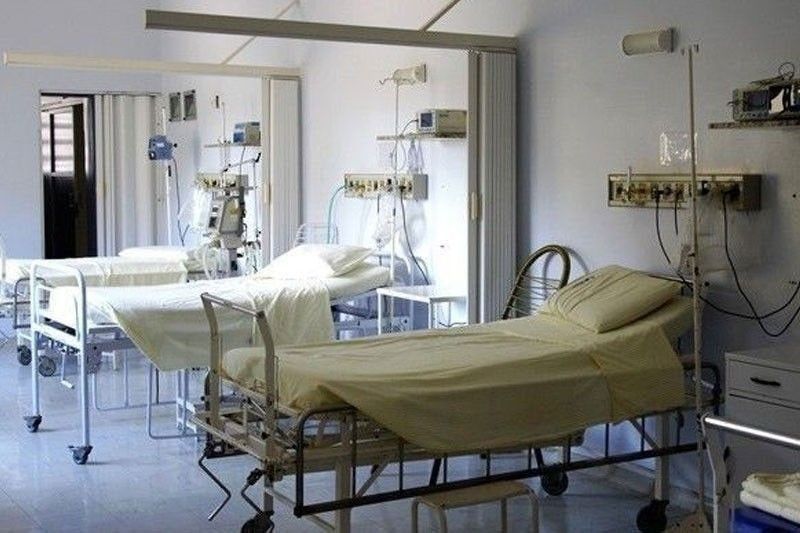Philippines needs to triple hospital bed capacity — DOH

MANILA, Philippines — For every 1,000 people, only 0.5 hospital beds are available on average. This needs to be tripled to 1.5 beds, the Department of Health (DOH) said on Thursday, January 16.
“You know our healthcare system, in terms of bed capacity in the hospitals – we need to triple them,” Health Secretary Teodoro Herbosa said in a mix of English and Filipino during an interview with PTV News.
Herbosa explained that the Philippines has 1,300 hospitals, with 11.9% or 155 hospitals located in Metro Manila and urban centers. Most of the available hospital beds are in private hospitals, he added.
“But technically we have a ratio per population, and ours is around 0.5 per 1,000. It should be about 1.5 beds per 1,000,” he said in a mix of English and Filipino.
However, Herbosa said that while private hospitals offer larger bed capacities, public hospitals include larger facilities, particularly among the bigger regional hospitals.
“So, the big regional medical centers, which have more beds, or the tertiary care facilities; like the ones being shown, they really offer extensive services,” he said in a mix of English and Filipino.
The World Health Organization (WHO) recommends a ratio of 20 hospital beds per 10,000 people, which equates to 2 beds per 1,000 people in a country.
Disparities in provinces
A 2022 report from the Philippine Institute for Development Studies (PIDS) also revealed that the bed density in several provinces was below the national average of 0.5 beds per 1,000 people.
Many of the provinces facing a hospital bed shortage are in Mindanao, including Occidental Mindoro (0.096), Masbate (0.05) and Sulu (0.15), which rank among the lowest in bed density.
PIDS also found that provinces in Mindanao with insufficient accredited hospital beds often have high poverty rates, and their populations are largely composed of indirect contributors to the Philippine Health Insurance Corp. (PhilHealth), primarily consisting of indigent or marginalized groups.
“These provinces, therefore, require attention from PhilHealth to further increase the availability of accredited beds, alongside DOH projects to augment the availability of both hospitals and beds to the different subpopulations,” the report said.
The study also highlighted that the lack of accredited beds in the country reflects “disparities in hospital capacity,” which hampers the “availability and readiness” of healthcare services, particularly in underserved provinces.
Hospital bed capacity is not the only healthcare challenge facing the country. Herbosa emphasized the critical need for increased healthcare workers in rural communities.
He expressed hope for greater participation in the Doctor to the Barrios program and encouraged more healthcare professionals, including specialists, to consider serving in these areas to bolster access to quality healthcare in the Philippines.
“Our hope is that they will enjoy their assignment there and eventually decide to practice medicine there, similar to the Doctor to the Barrios, … [where] after two years some of them returned to central office, [while] some of them stay as a municipal health officer,” Herbosa said in a mix of English and Filipino.
- Latest
- Trending






























